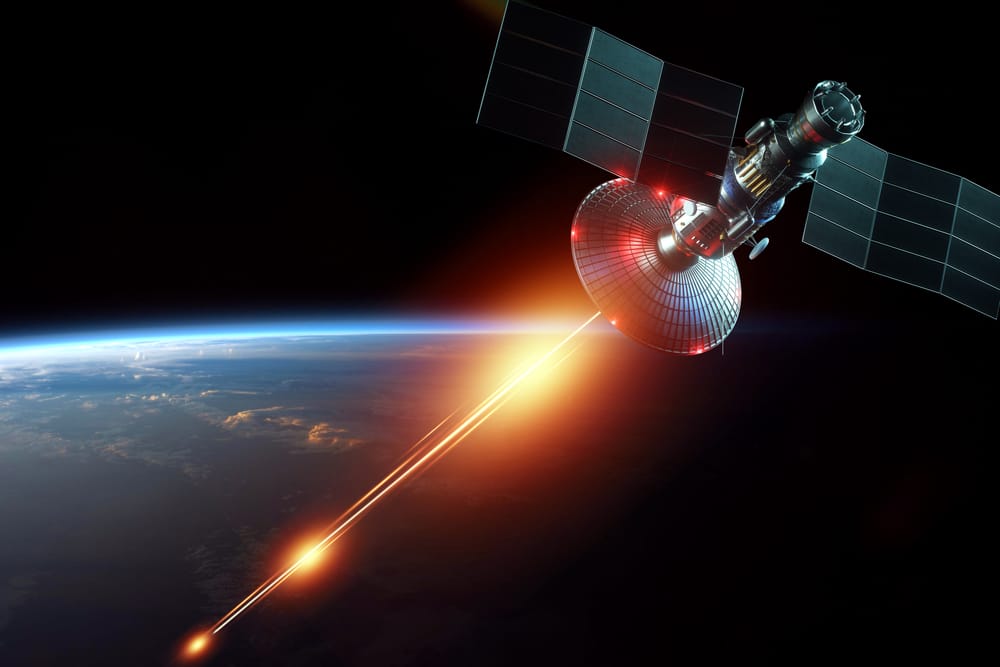The Pentagon is gearing up for a future conflict in space as China and Russia deploy missiles and lasers that can take out satellites and disrupt military and civilian communications.
According to the WSJ, The U.S. military long ago dropped the notion of crewed, orbiting space weapons in favor of satellites because the logistics of supporting people outside of Earth’s atmosphere were formidable.
The physics of space also make it impossible to sneak up on an enemy or quickly change orbit or direction. And earthbound tactics don’t work in space, where the U.S., China, and Russia are all turning to satellites and sensors to wage and win any conflict.
“You can’t dig trenches in space,” said Marty Whelan, senior vice president of the Defense Systems Group at The Aerospace Corp., a federally funded research group.
“If deterrence fails, you can’t wait until something bad happens to get ready. You have to have the full infrastructure together,” said Mr. Whelan, a former Air Force major general, who led a strategic review of space systems for the Pentagon and the intelligence community.
The White House this month proposed a $30 billion annual budget for the U.S. Space Force, almost $4 billion more than last year and a bigger jump than for other services including the Air Force and the Navy.
The Space Force was created in 2019 as the sixth arm of the military, carving out responsibilities once embedded in the Air Force. A key aim of a stand-alone force was to plan, equip and defend U.S. interests in space for all of the services and focus attention on the emerging threats.
For the first time, the spending request also includes plans for simulators and other equipment to train Guardians, as Space Force members are known, for potential battle. The 16,000 Guardians are charged with running rocket launches, satellites and ground-based communication and sensor equipment.
That training will be critical. The physics and the mechanics of steering objects through space at more than 17,000 miles an hour give attackers the advantage they lack on the ground.
Space is also becoming crowded, with the number of tracked objects in orbit now topping 48,000, more than doubling over the past four years.
The U.S., China and Russia are signatories to the United Nations’ Committee on the Peaceful Uses of Outer Space, including scientific work. All three also have significant military assets in space.
Just as it is on Earth, China is the Pentagon’s big worry in space. In unveiling a defense strategy late last year, the Biden administration cast China as the greatest danger to U.S. security.
















